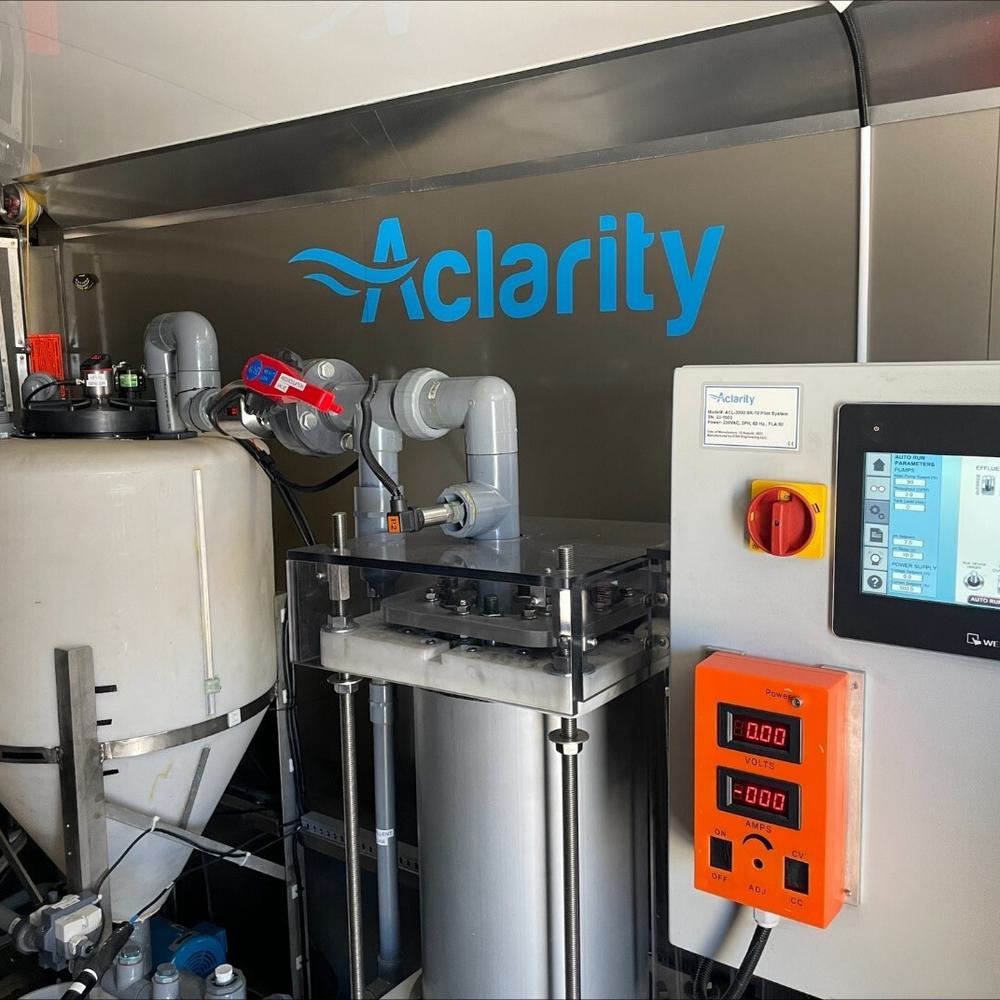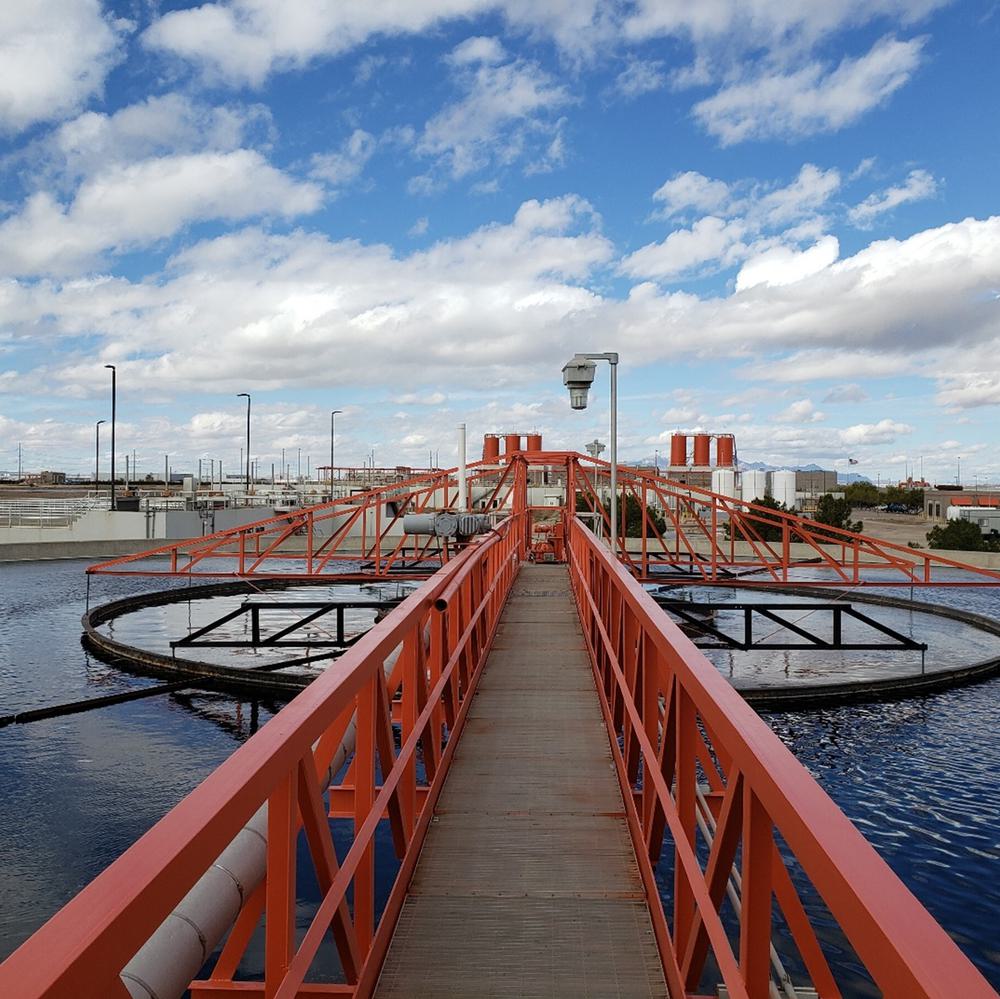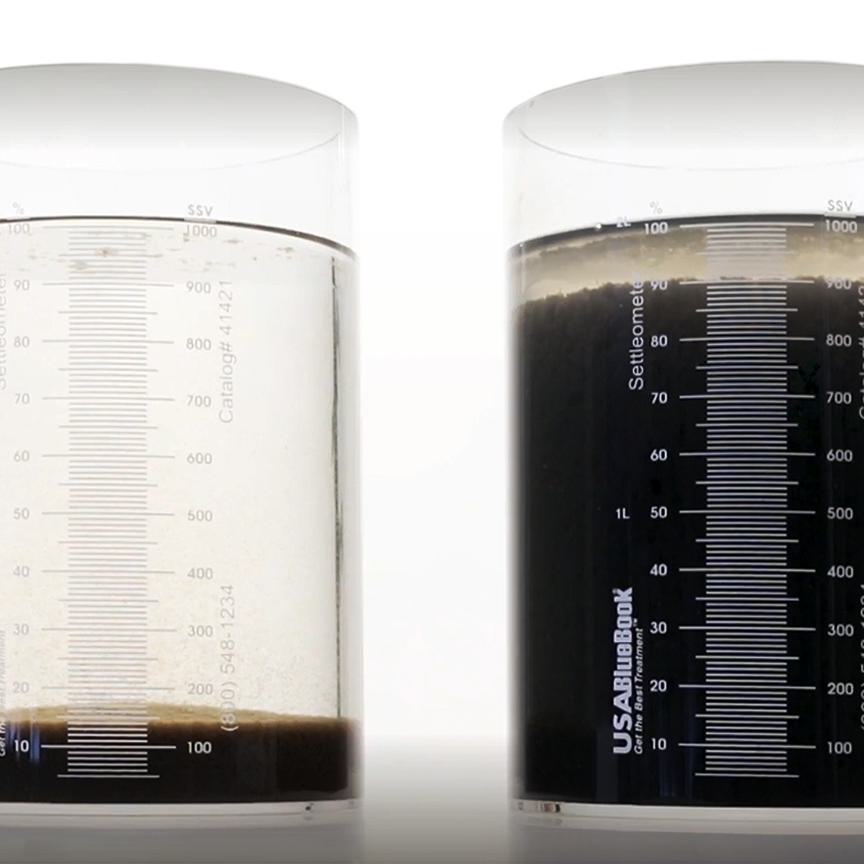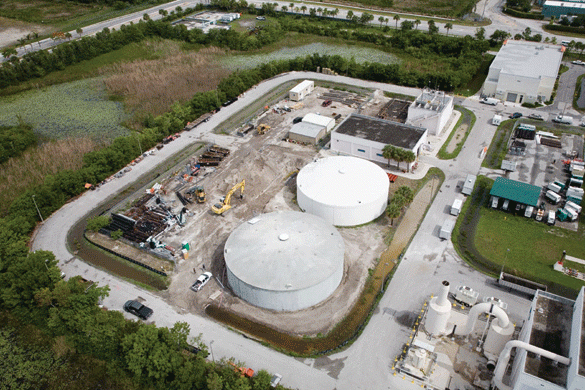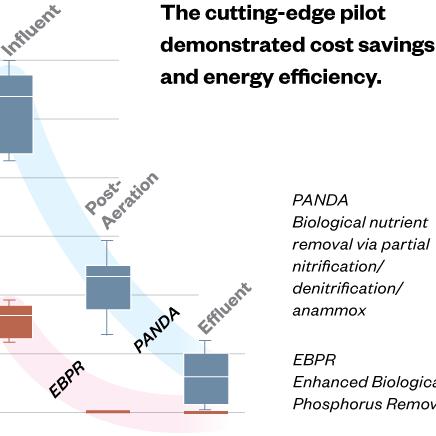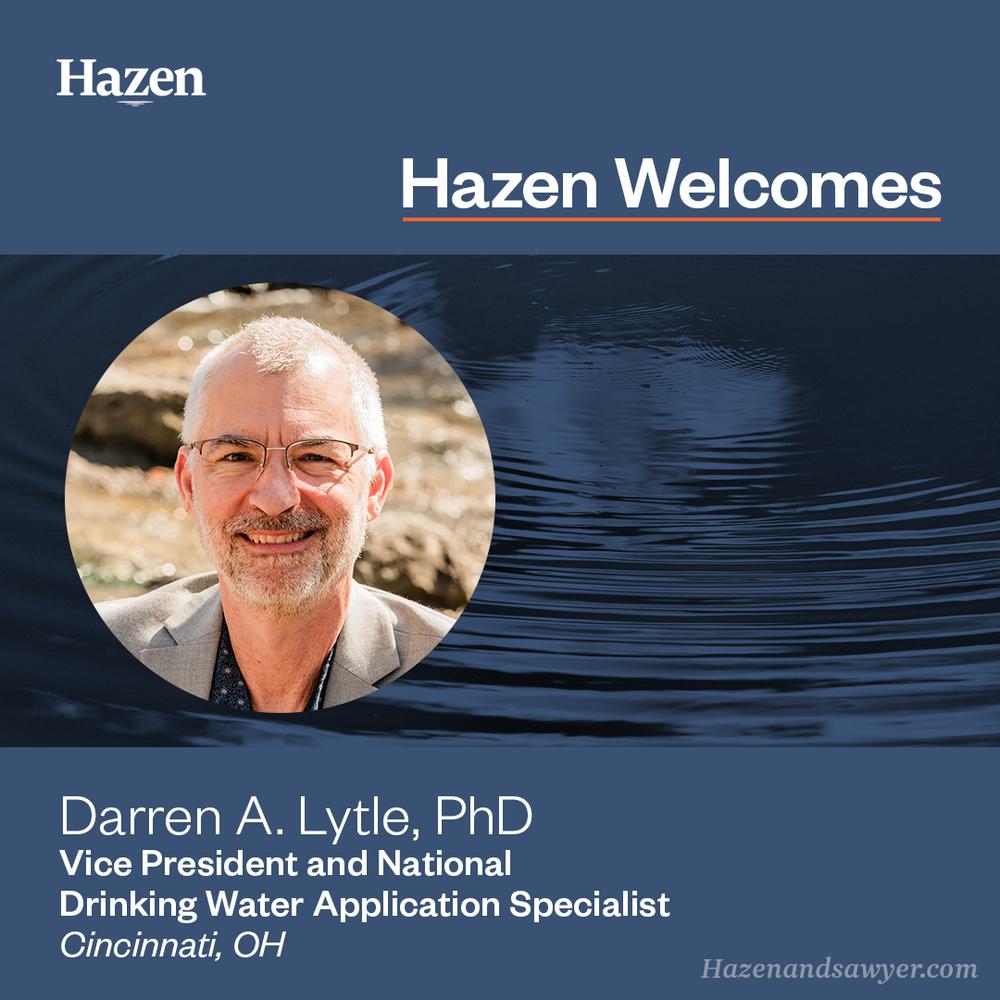Evaluating Fate of Coliphages in WRRFs
Hazen and Sawyer, in collaboration with the Water Environment & Reuse Foundation, Hampton Roads Sanitation District, and six additional participating wastewater utilities, is performing a study (WE&RF U3R15) to evaluate the fate of coliphages in water resource recovery facilities (WRRFs) and potential costs to reduce coliphages in WRRF effluents.
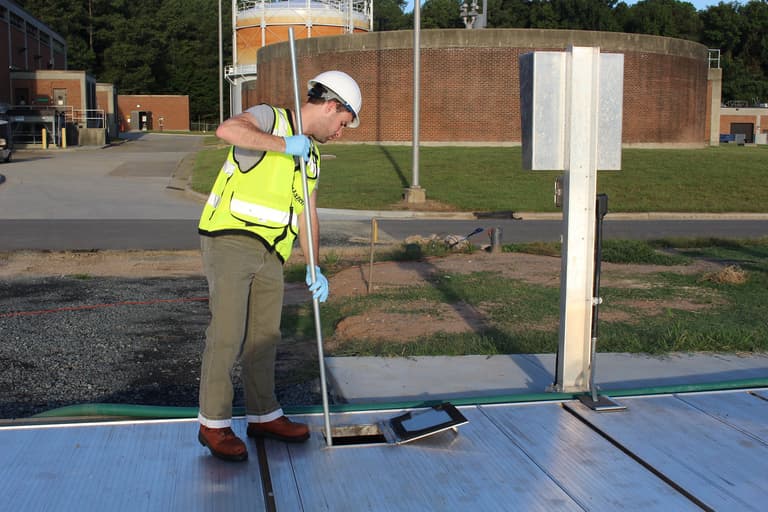
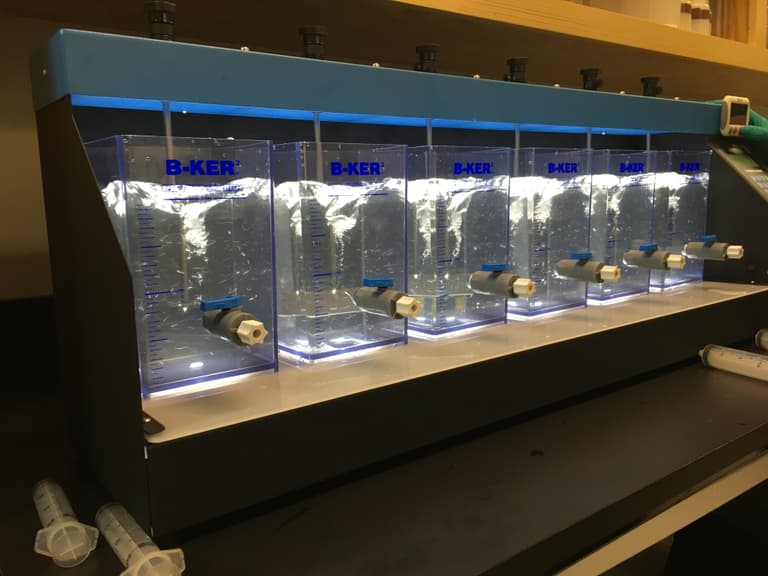
Coliphages are a class of bacterial viruses that infect Escherichia coli. This study is motivated by the USEPA’s intent to introduce coliphage-based Recreational Water Quality Criteria (RWQC) in 2017.
If the USEPA implements bacteriophage RWQC and states adopt these criteria, the bacteriophage RWQC could have drastic implications for the wastewater industry, as the treatability of bacteriophages differs from the treatability of traditional fecal indicator organisms.
The anticipated completion date for this study is April, 2018.

Wendell Khunjar is the Director of Wastewater Innovation and process specialist for Hazen.
Related Topics:
Project Outcomes and Benefits
- Project will provide data on the fate and treatability of coliphages in WRRFs relative to traditional fecal indicator bacteria.
- Project will estimate the potential costs to reduce coliphage concentrations in WRRF effluents based on the results from a yearlong sampling campaign at six utilities, and bench-scale treatability studies that will compare the relative effectiveness of multiple disinfectants.
- Final report will help wastewater utilities evaluate the need for and potential costs of complying with future NPDES permit limits for coliphages, based on the USEPA’s plan to issue Ambient Water Quality Criteria (AWQC) for bacteriophages.


